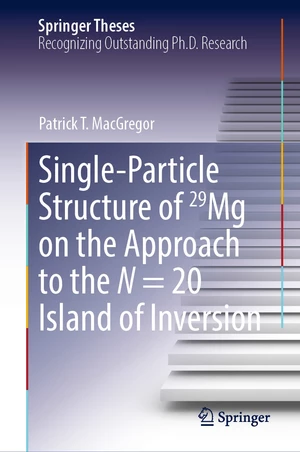The nuclear shell model has had much success when describing nuclear structure. It is able to describe the single-particle states of nuclei, and gives understanding as to how nuclear structure evolves as the number of nucleons changes in a nucleus. This led to the discovery of the so-called magic numbers, which designate particularly stable configurations of protons and neutrons in nuclei. With the advent of radioactive ion beams, it has become possible to probe exotic nuclei to test current theories of nuclear structure. These investigations have led to the discovery of exotic nuclear phenomena, with structures different to those found in stable nuclei. One of these is the N=20 island of inversion, where configurations that appear in stable nuclei become less bound than more exotic particle-hole configurations across a shell gap. Another is the weakening of the magic N=20 shell gap to N=16 as the number of protons is reduced in this isotonic chain. Of particular interest are the magnesium isotopes, which exhibit a swift transition into the island of inversion with 29Mg lying outside and 31Mg lying inside. In addition, 29Mg lies one neutron outside N=16, so is also able to give insight on the weakening of the N=16 shell gap. Mapping this region of the chart of nuclides helps in the understanding of the evolution of this nuclear structure. A useful probe for this task is single-particle transfer reactions. However, these reactions have been hindered by low yields from radioactive ion beams, as well as suffering from kinematic effects that obscure the states that need to be observed. The ISOLDE Solenoidal Spectrometer (ISS), that measures these transfer reactions in a solenoidal magnetic field, was designed to counteract these effects. With the high-yield radioactive ion beams at ISOLDE, CERN, these transfer reactions became viable. Therefore, the nuclear structure of 29Mg was probed using the d(28Mg,p) reaction using this device. This work marks the first measurement using the ISOLDE Solenoidal spectrometer and the first time that a solenoidal spectrometer has been used at an ISOL radioactive beam facility. The measurements highlight the interplay of nucleon-nucleon interactions and the geometry of the nuclear potential in driving observed trends in single-particle structure, in particular the changes in closed shells towards doubly magic 24O
Price history
Dec 15, 2022
€145.59

